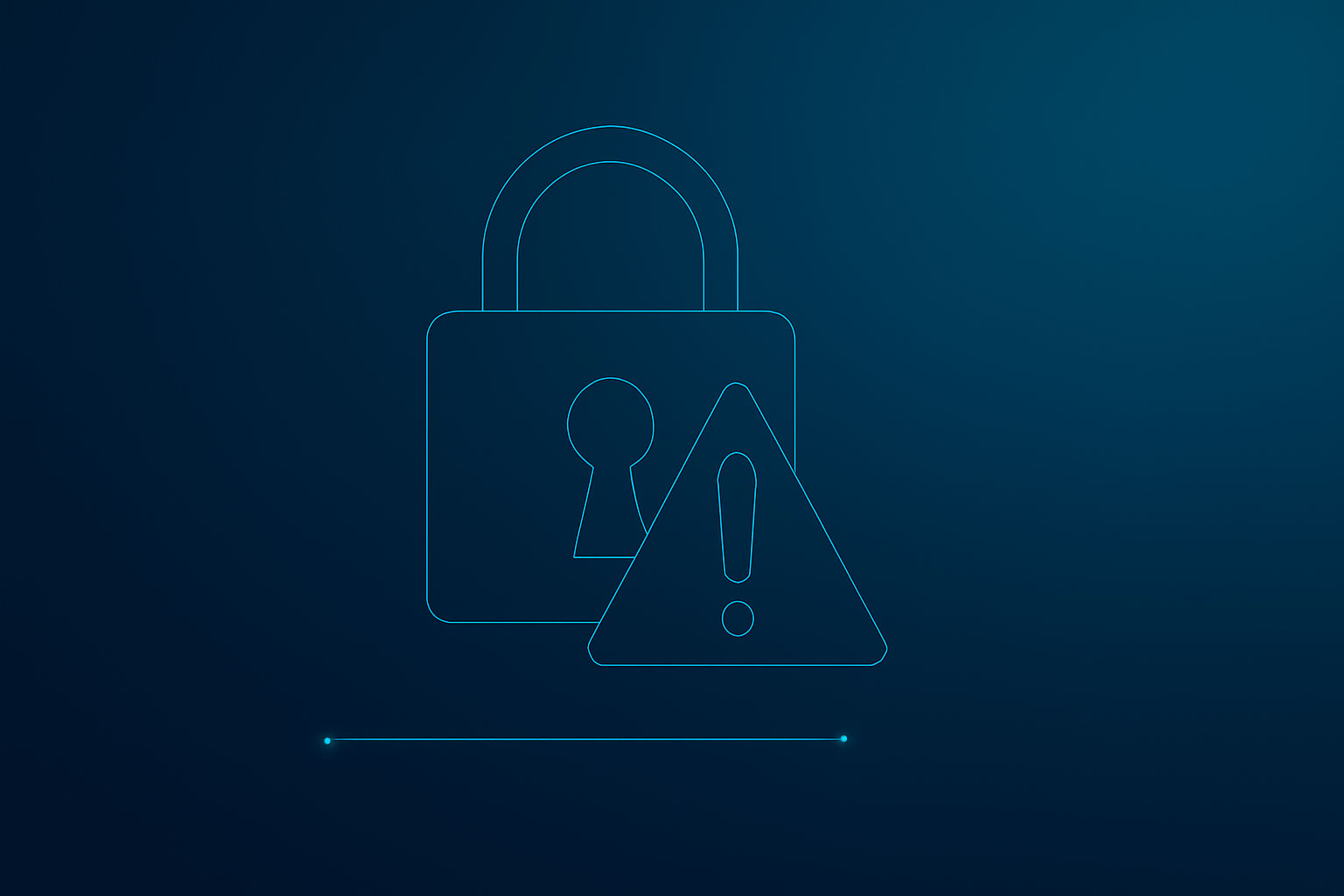Most OSCs don’t fail a CMMC assessment because they ignored cybersecurity. They fail because they misunderstood the rules, over-trusted old advice, or got buried in paperwork with nothing to show for it. Here’s what trips up even well-meaning teams—and what to do instead.
1. Scoping It Wrong from the Start
If you don’t clearly define your CUI environment, everything else is built on a bad map. Too many OSCs mix up CUI assets, Security Protection Assets, and ESPs.
Fix: Lock your scope early. Document it in your SSP. Include diagrams. Know what counts, what doesn’t, and who owns what.
2. Confusing Policy with Proof
Saying you do something ≠ showing it. Assessors need artifacts, not aspirations.While policy can in some cases be proof, you will need better evidence to hold the line.
Fix: Match every control with evidence: screenshots, interview transcripts, system logs, whatever it takes to demonstrate implementation.
3. Assuming POA&Ms Will Save You
POA&Ms aren’t a “get out of jail” card. At Level 1, they’re not allowed. At Level 2, they’re severely limited.
Fix: Treat POA&Ms as a short-term band-aid, not a strategy. Get to 80% “MET” with real fixes, not just plans.
4. Trusting Your Cloud Without Verifying
Just because your cloud provider says they’re secure doesn’t mean they’re CMMC-compliant.
Fix: If CUI is involved, they must meet FedRAMP Moderate equivalence. Request the Shared Responsibility Matrix. Validate their claims.
5. Underestimating the Jump from Level 1 to Level 2
L1 is 15 controls. L2 is 110. The bar isn’t just higher—it’s a different sport.
Fix: If you’re headed for L2, start early and treat it like a full compliance program. This isn’t a checkbox expansion—it’s a transformation.
6. Not Understanding the Assessment Process
CMMC isn’t just a doc dump. It’s a structured four-phase assessment—Planning, Conduct, Reporting, Close-out.
Fix: Prepare like it’s an audit. That means rehearsing interviews, prepping your team, and being ready to show what you’ve actually implemented.
Avoid these traps and you’re already ahead of the curve. Deep Fathom interprets your environment, guides remediation, and produces audit-ready evidence so you stay ahead for good.



